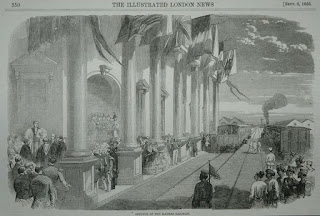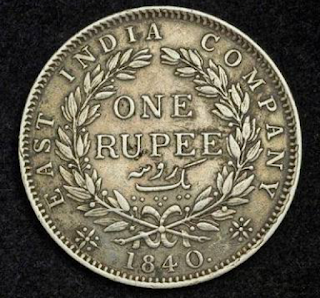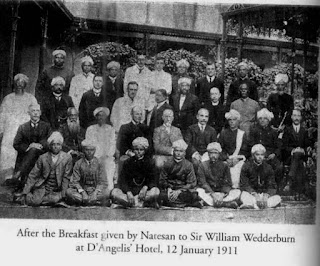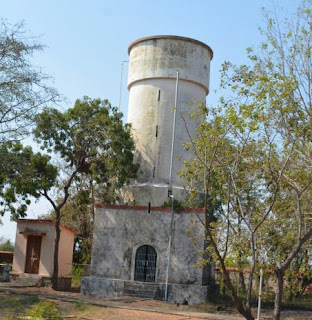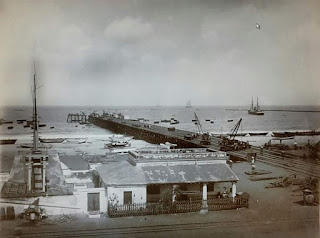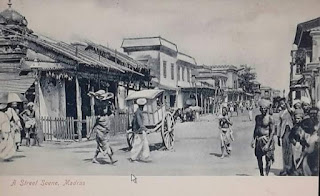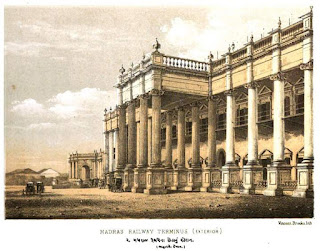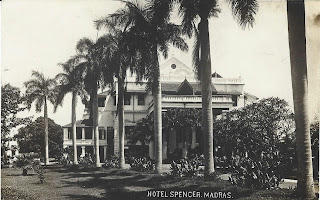Madras Museum 1851

The establishment of Madras Museum 1851 The Madras Museum was established in the year 1851 by a notification dated 14th August 1851 by H.C . Montgomerry Chief Secretary to Government. Intially it was established in the first floor premises of the College of Fort St . George by exhibiting the collections available with Madras Literary Society. It was shifted to Pantheon on Pantheon Road in 1854. Edward Balfour was the officer in Charge and Rengaswamy Moodelliar was the first Curator. Both the Europeans and Natives of the Presidency were asked to contribute to the Museum and Communications and Parcels addressed to the Officer in charge of the Museum containing specimens were free of postage. The Museum was proposed to be shifted to a 48000 Sq feet spac...
